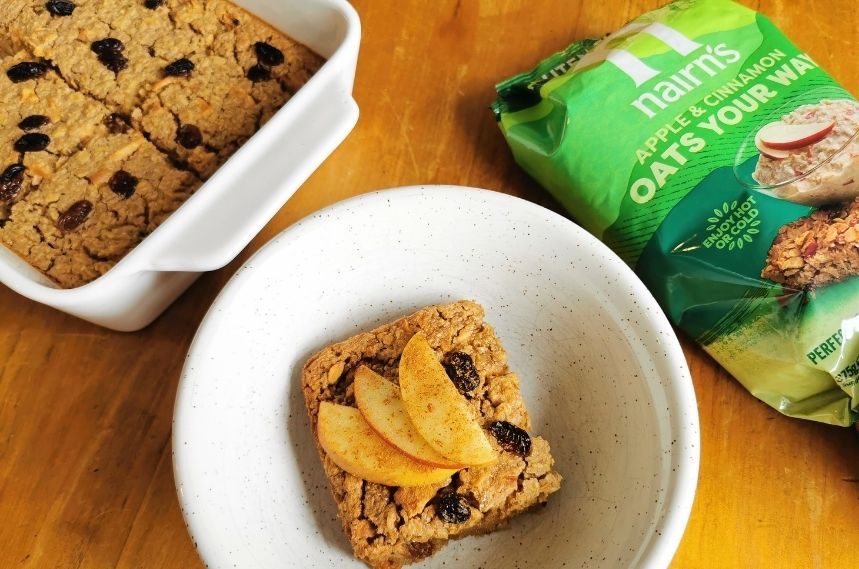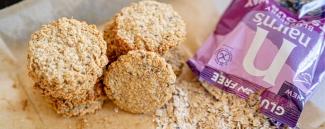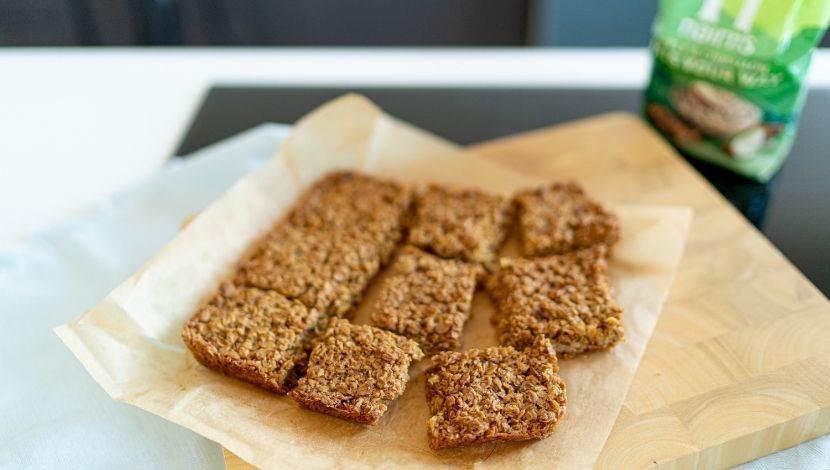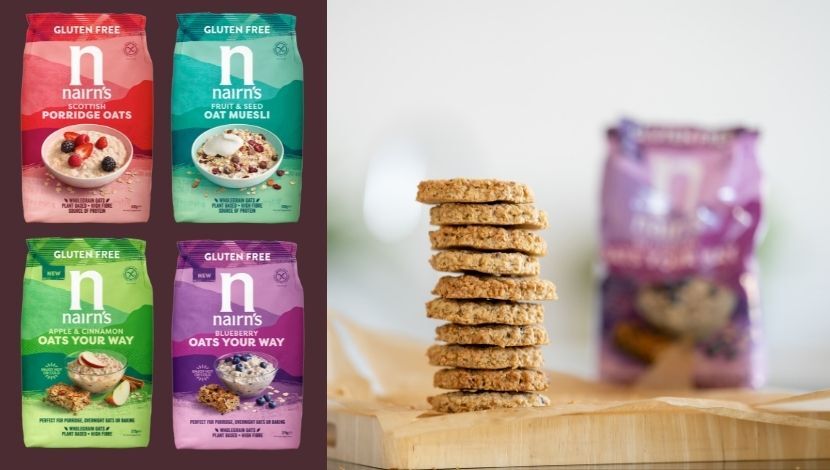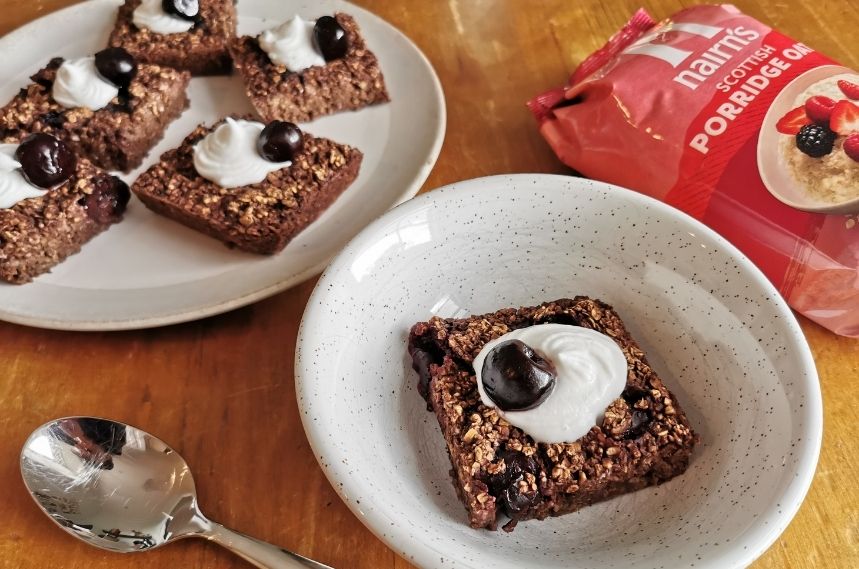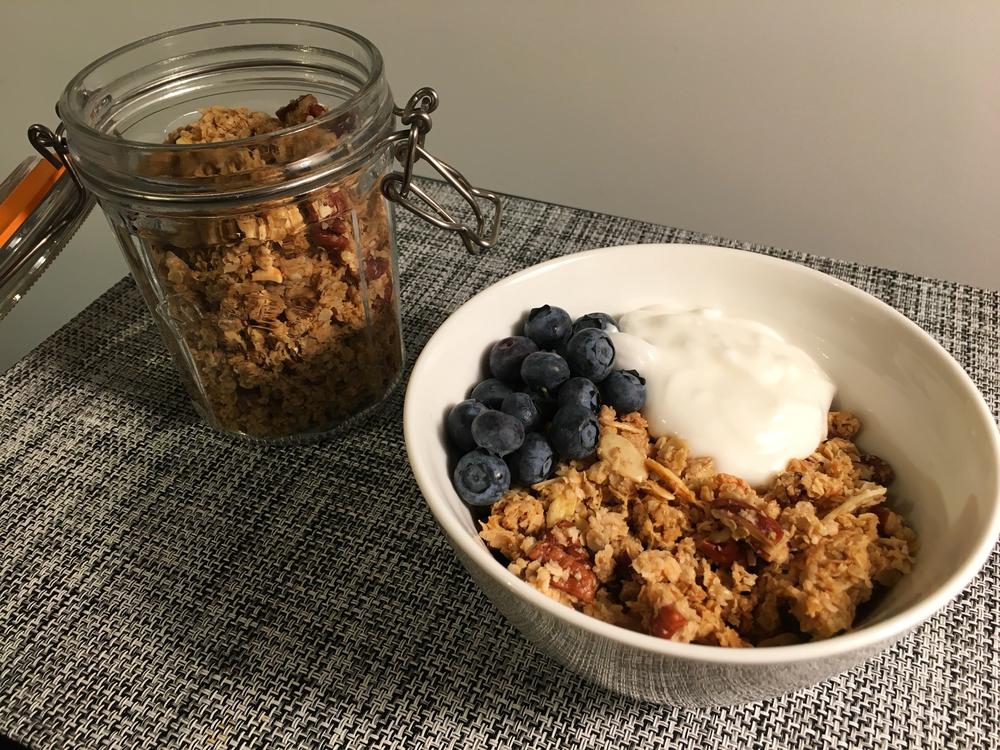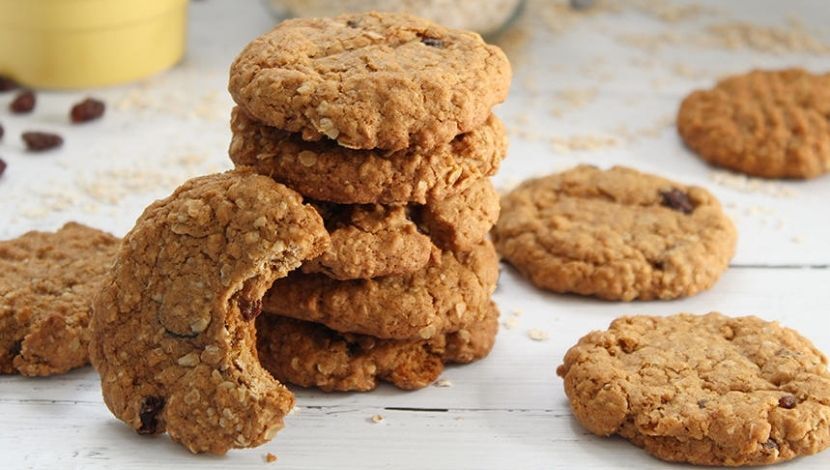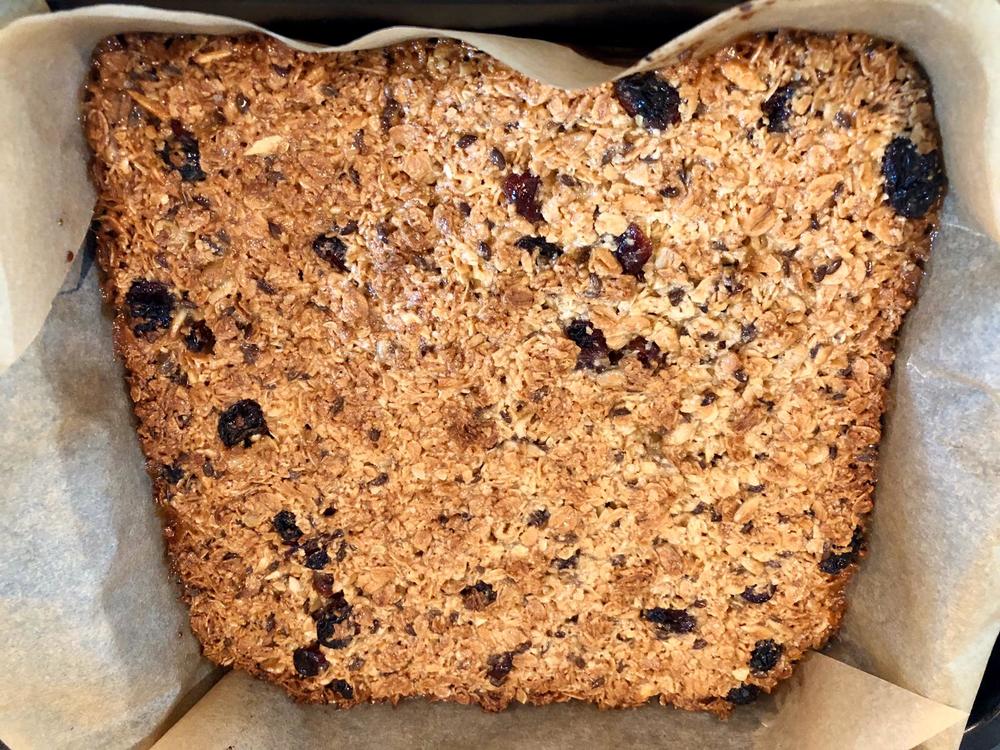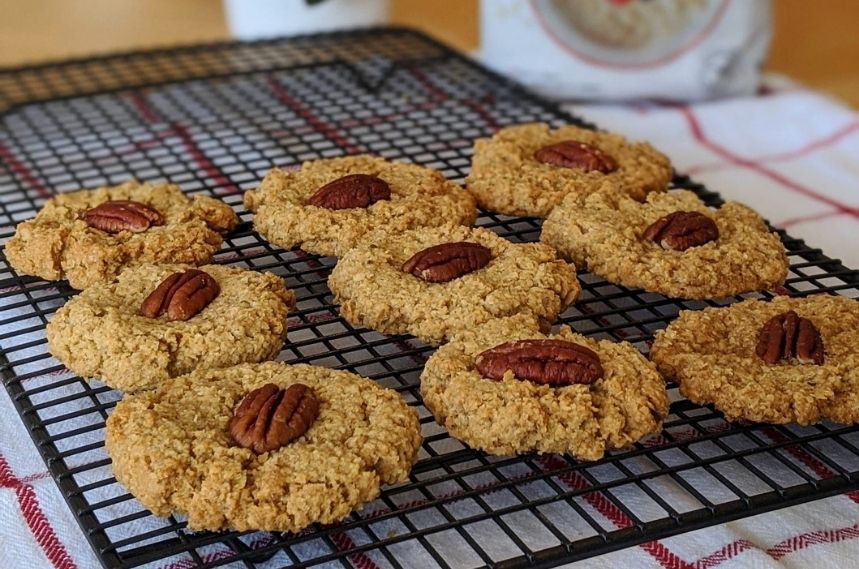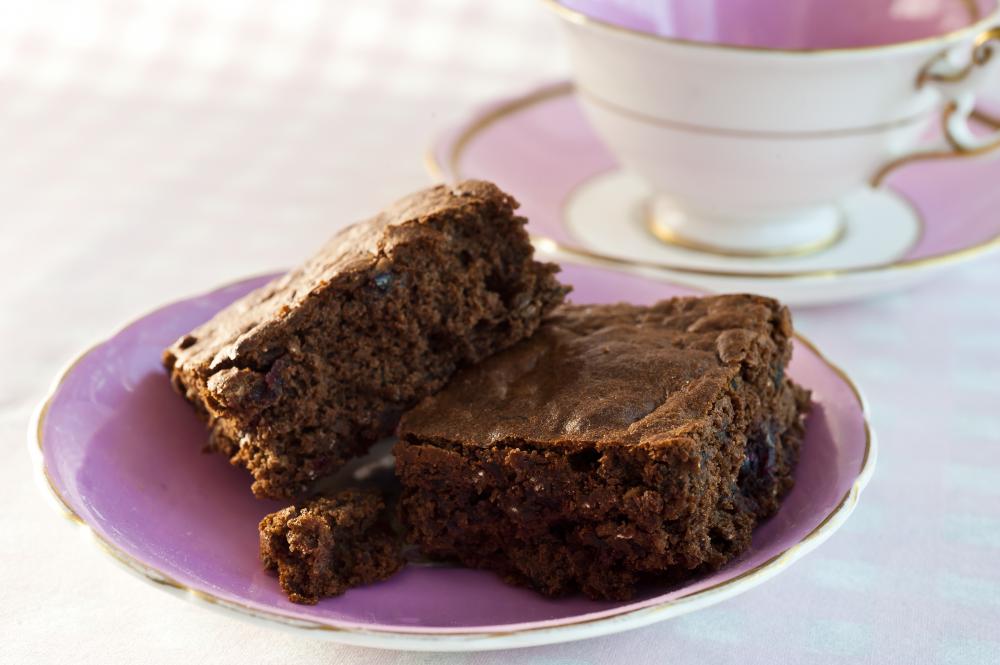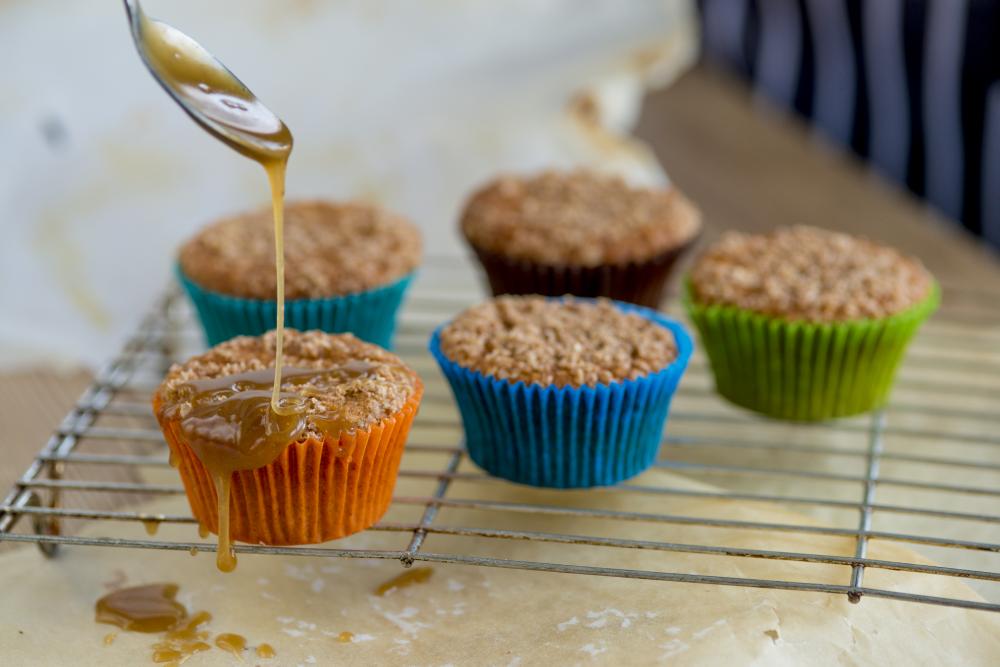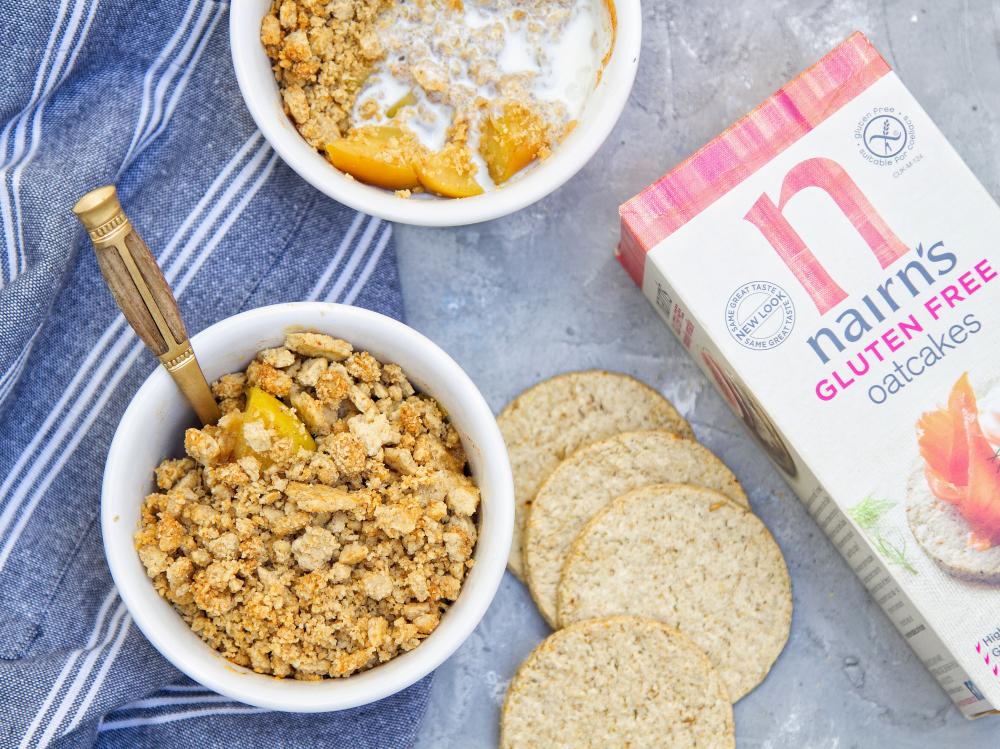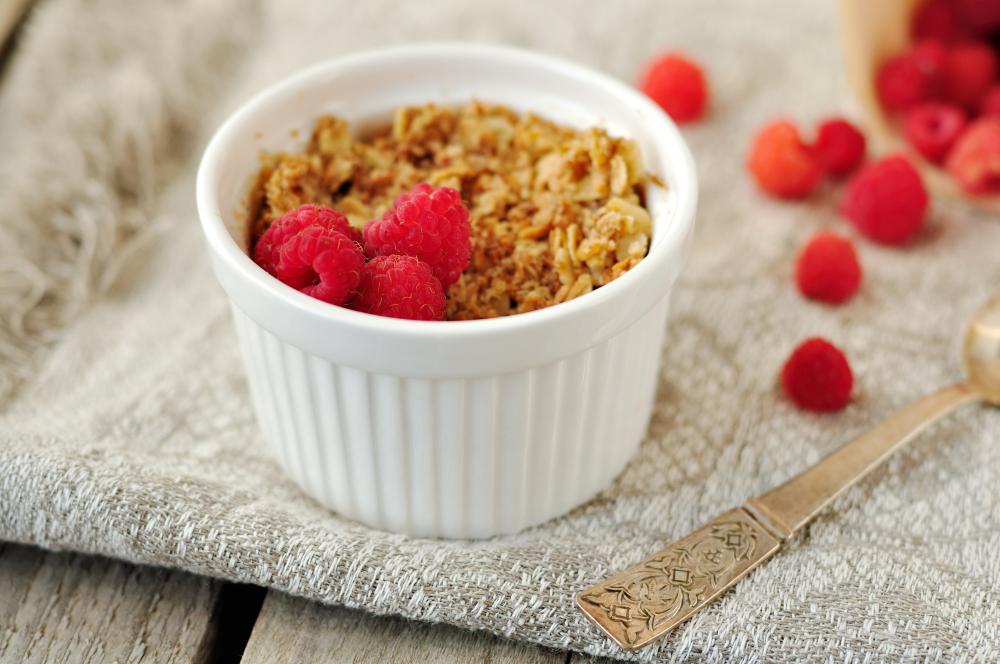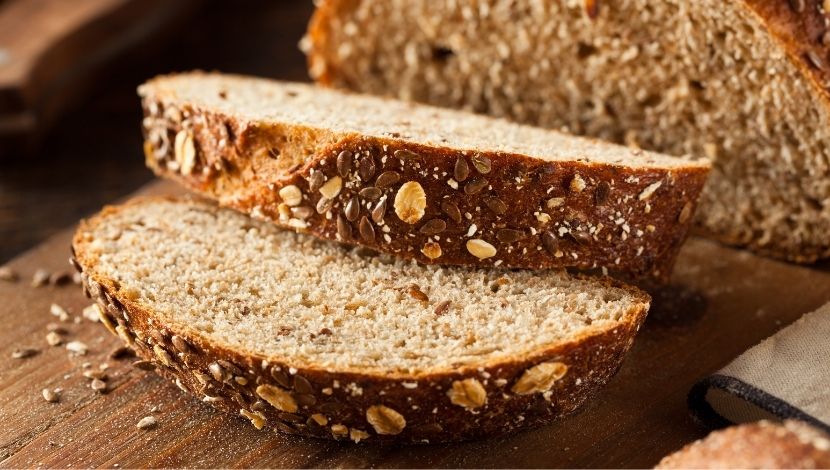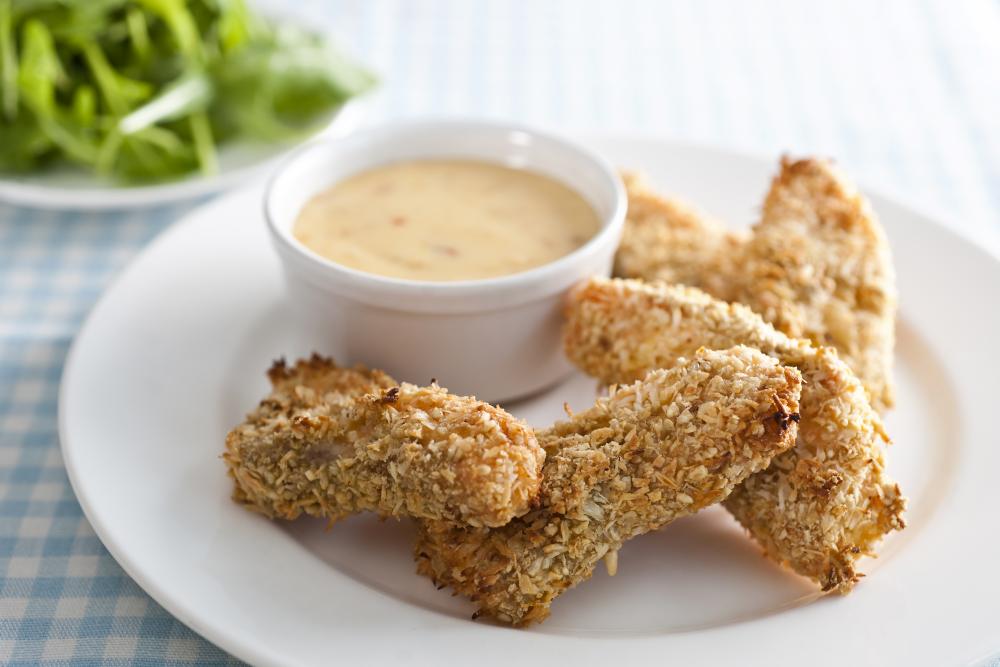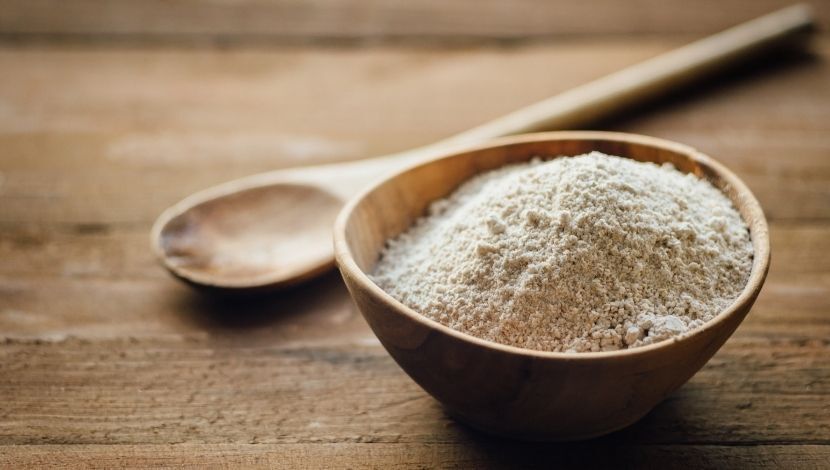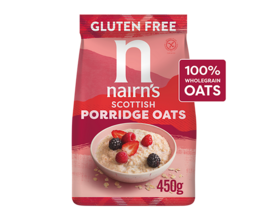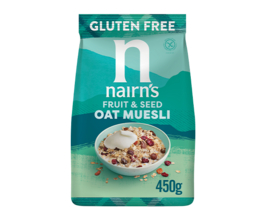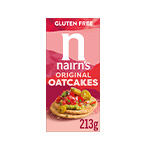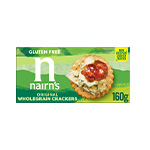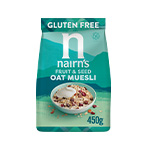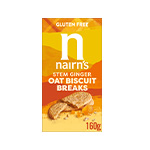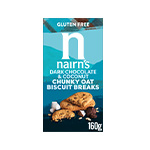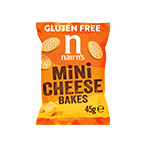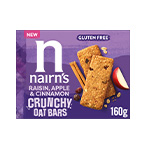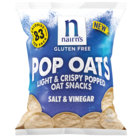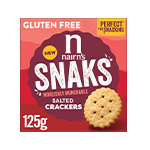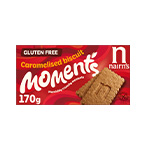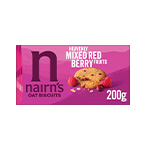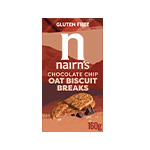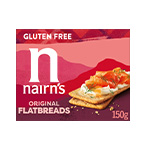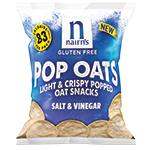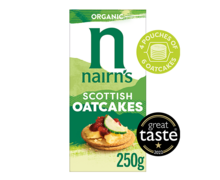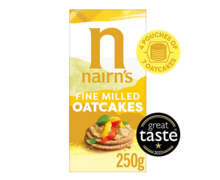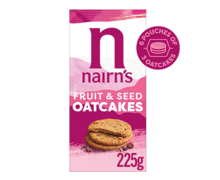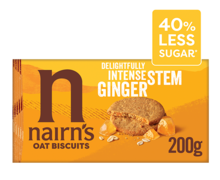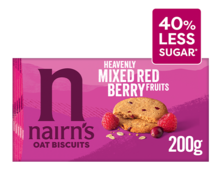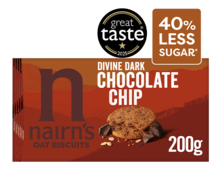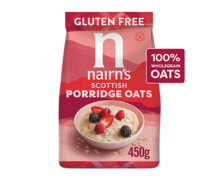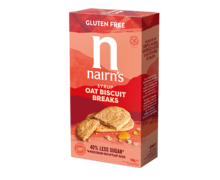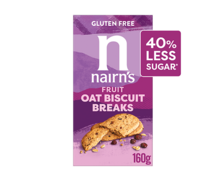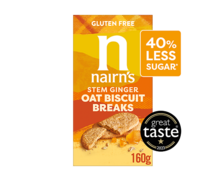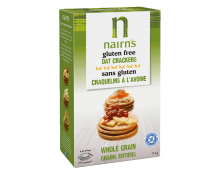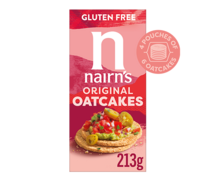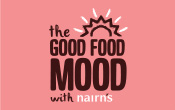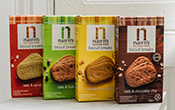Are you a fan of porridge but don’t always have the time to prepare it? Or maybe you love your everyday bowlful but fancy ringing the changes? If so, baked oats might just be the answer. You might not be familiar with this make-ahead idea, but it’s one of the hottest trends in oats just now. It’s basically a combination of oats mixed with (usually) an egg and milk (dairy, nut or oat are all fine) and any number of flavours and additions to create a breakfast bake that’s a kind of muffin/porridge bar/flapjack hybrid. Delicious warm from the oven or ready-sliced in the fridge (and it also freezes well) a dish of baked oats might just be your new morning life saver – grab a portion to eat on the hoof, pop in a container for a slow-release snack during the day or enjoy slowly with a dollop of Greek yogurt.
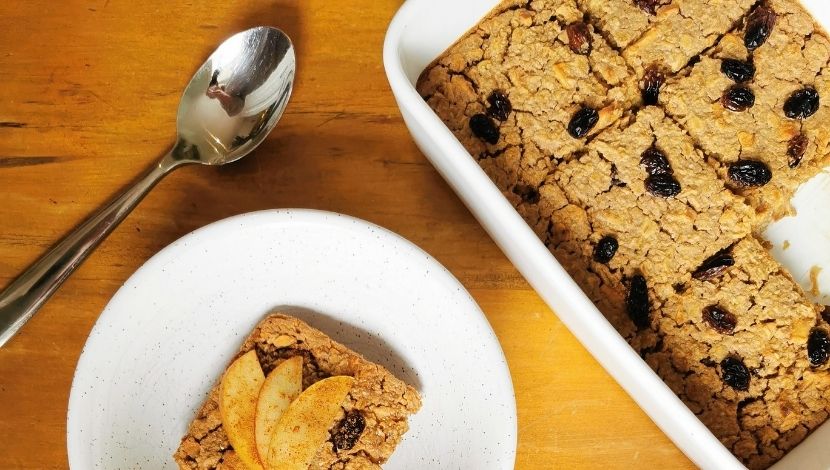
Adding fruit to your baked porridge oats takes them to another level and pretty much any kind will do. We like dried apricots, fresh berries, mashed banana or apple purée (fresh is amazing, but from a jar is totally fine too). To keep things refined sugar free you might want to err on the side of maple syrup, honey or agave to sweeten your oat bake and if the recipe requires oil, we find coconut oil, with its healthy fatty acids, is an excellent choice. Additional ingredients we love include chocolate chips (because who doesn’t love a bit of chocolate for breakfast?!), shredded coconut, chopped nuts and peanut butter - nuts provide an extra shot of protein, making your baked oats even more hardworking in terms of nutrition and keeping you going for longer.
Topping ideas
Honestly, you can throw whatever you have to hand in your baked oats and finding your own combinations is all part of the fun.
One of the other fantastic advantages of baked oats is you can simply use whatever you have in terms of equipment. Baked oats can be made in a loaf tin, shallow oven dish or a muffin or cupcake tray for individual portions and any recipe can usually be adapted for whatever you’re using, though obviously cooking times will be longer for a bigger container. And finally, your baked oats will last for anywhere from three to five days in the fridge or up to three months in the freezer, so it really is worth making a big batch. They’re the ultimate time saver….
Toasting oats in the oven brings out their subtle, slightly malty flavour and no more so than when you use them for granola. Making your own is an economical and delicious way to create a breakfast stalwart that will tempt the whole family. Super-simple to prepare, it’s just a matter of mixing up then spreading out your granola ingredients on a tray and popping it into the oven. You can play around with different combinations but we adore this luxurious oat granola made with that classic combo of maple syrup and pecans.
